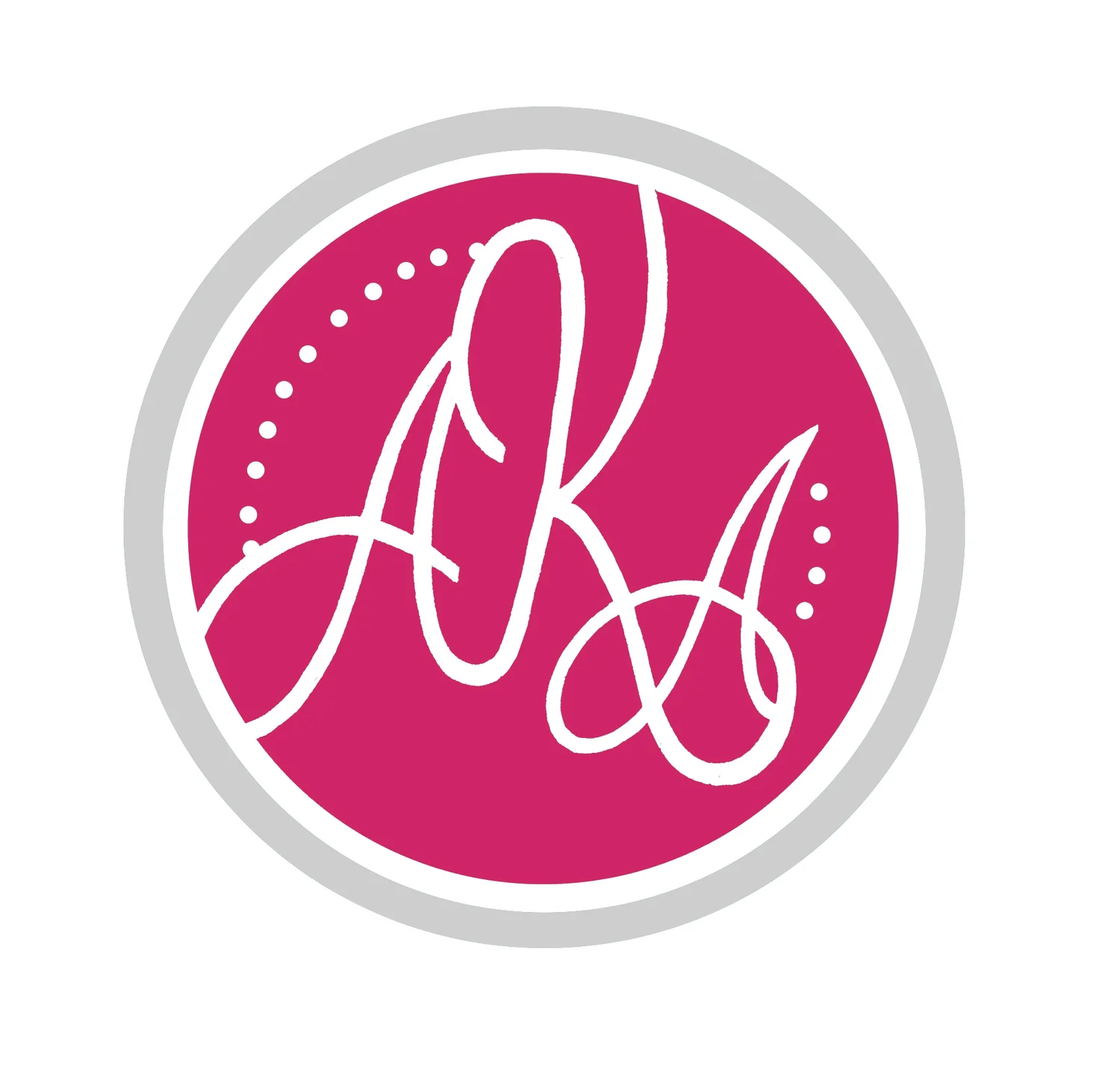Raggy T-Shirt Quilts
My brother graduated from high school the same year I graduated with my undergraduate degree. For Christmas his first year of college I made him a t-shirt quilt with all of his high school shirts. I made it like a traditional quilt and hand-quilted the sashing. I didn’t have much of a choice—I couldn’t afford to have it professionally quilted and my sewing machine couldn’t handle it. It took me forever, but the surprise made it worth it.
That spring a teacher at my school asked me if I made t-shirt quilts for hire. I told her no. I couldn’t fathom figuring out what to charge for that—and I definitely didn’t want to hand quilt again for someone I didn’t really know.
A year went by and our school counselor asked me if I could make a t-shirt quilt for her. A little older, and a little more Pinterest research under my belt, I considered it. I had done a couple raggy quilts for baby blankets and wondered if that same principle could be applied to t-shirts. See, those quilts worked because I could machine quilt each block before putting it all together. I told our counselor I could do it, but only if we made it a raggy quilt. I showed her a few different examples and waited to see what she thought. She bought it!
Since then I’ve made a raggy t-shirt quilt for my great-aunt, the original teacher who asked, and a friend from high school.
Each time I learn a little more about the process. It’s not like a normal quilt where you can buy more fabric if you make a mistake—the t-shirts are someone’s memories, and those are precious. The first cut into the shirts is always stressful because there is no turning back.
I always start with a few simple questions:
1. What are your two favorite colors? (One will be the inside, the other the backing.)
2. How many shirts do you have?
3. Are you sure you're okay with the raggy quilt look?
Once I have the shirts, I measure them to see what we’re looking at. From there I develop a pattern on graph paper.
Before I start cutting anything I get the pattern approved by whoever is buying the quilt. The idea of possibly ruining someone’s keepsakes really stresses me out. I keep the owner in the loop during the whole planning period.
Then I begin cutting.
A lot of t-shirts have prints on both sides, so the first step is cutting the shirts up the sides so both prints can be used.
From there I measure out each block and cut. Sometimes I use a pen to mark the shirt, but that’s hard to do on black t-shirts. My new favorite way to mark shirts is with Pilot FriXion highlighters. They erase with friction or heat. They work pretty slick.
Then I cut the flannel, which is a lot less stressful because I can go buy more of that if I need to.
I always end up with a mess on the floor—whether it’s thread or scraps of flannel. (If anyone ever told you sewing was a clean hobby, they were lying.)
Save your extra flannel ... you never know where you can use it later!
I end up with three piles of materials that need to be put together. I usually start by putting the flannels together and then add the t-shirt to the top.
Isn’t my helper the best? He’s not much help, but he’s pretty cute.
I put one of my labels on the back of one of the blocks.
From there I do the quilting to really marry the three pieces of material. Most of the time I do an X through each square. On this last quilt, I went around the print designs on the shirts. I can’t decide which way I like better. The X is definitely faster, but going around the design looks nice. I’m still learning.
After all of the quilting, it’s time to put them all together.
You see how the flannel and t-shirt material doesn’t always match up?
That’s okay. It adds character. This happens because the t-shirts stretch in varying degrees. I don’t put an interfacing on the shirts for this project because I don’t want it to stick out of the raggy part of the quilt. It’s also important to note how I sew the quilt together with the seams open.
Once the quilt is entirely assembled, I do a zig zag stitch around the outside edge.
And then the best part—snipping the seams. You have to have strong wrists for this. I’ve also found it helps to have short scissors that are made for this kind of project.
It’s important to have a strong washer and dryer, too. Some ladies I know refuse to wash raggy quilts in their own machines because of how much they shed. I don’t like Laundromats, so I tough it out and do it at home. To get all of the little flannel hairs off of the quilt you may have to wash and dry the quilt several times. But the end result is really cool.
The quilt ends up like a memory collage, and I love it. It’s a great way to recycle.






























